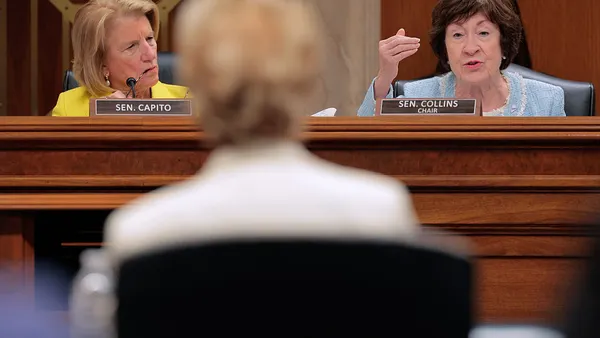Dive Brief:
- A bill advancing through the California State Assembly would raise salaries by 50% for teachers and school staff by FY 2030-31. The legislation, AB-938, aims to reach that goal by establishing a new local control funding formula with yearly salary targets for districts, charter schools and county offices of education.
- These pay increases would help districts recruit and retain staff, the bill said, citing an Economic Policy Institute report that found teachers face a “wage penalty” compared to professionals in other fields who have similar education backgrounds.
- The dramatic pay boost would also cover secretaries, custodians, bus drivers, foodservice workers and instructional aides, according to the bill.
Dive Insight:
Other states are eyeing teacher raises this year as well, though not to the same degree as in the California proposal.
In April, Washington Gov. Jay Inslee signed SB 5650 into law, setting inflation-adjusted salary increases of 3.7% for school staff in the 2023-24 school year. On average, Washington teachers earned $72,728, administrators earned $107,955, and staff earned $52,173 during the 2022-23 school year, according to the bill’s final report.
Ohio’s House also passed a budget proposal in April that would raise teachers’ minimum salaries. The bill was introduced late April in the Senate and if enacted, the average pay for new Ohio teachers would be $40,000 annually. Additionally, the Tennessee Senate passed SB 281 in March, which would increase the base salary for teachers to $50,000 by the 2026-27 school year. As of April, the bill has been advancing through the Tennessee House.
These initiatives come as the National Education Association recently found average public school teacher salaries jumped 2% in 2021-22 over the year before. Yet, when inflation is considered, average teacher pay has dropped an estimated 6.4% in the past decade, according to NEA.
Meanwhile, a noticeable share of teachers are working second jobs due to rising costs and low wages. Some 1 in 4 teachers said they work 10 or more hours per week at another job, according to a DonorsChoose survey of 2,600 teachers released in May.
With teacher shortages continuing to persist across school districts, a new RAND Corp. survey found nearly three-quarters of principals pointing to a dearth of applicants as the main culprit. The top barriers to filling teacher vacancies during the 2021-22 school year included low compensation, underqualified candidates and slow district hiring processes, the survey said.








 Dive Awards
Dive Awards




